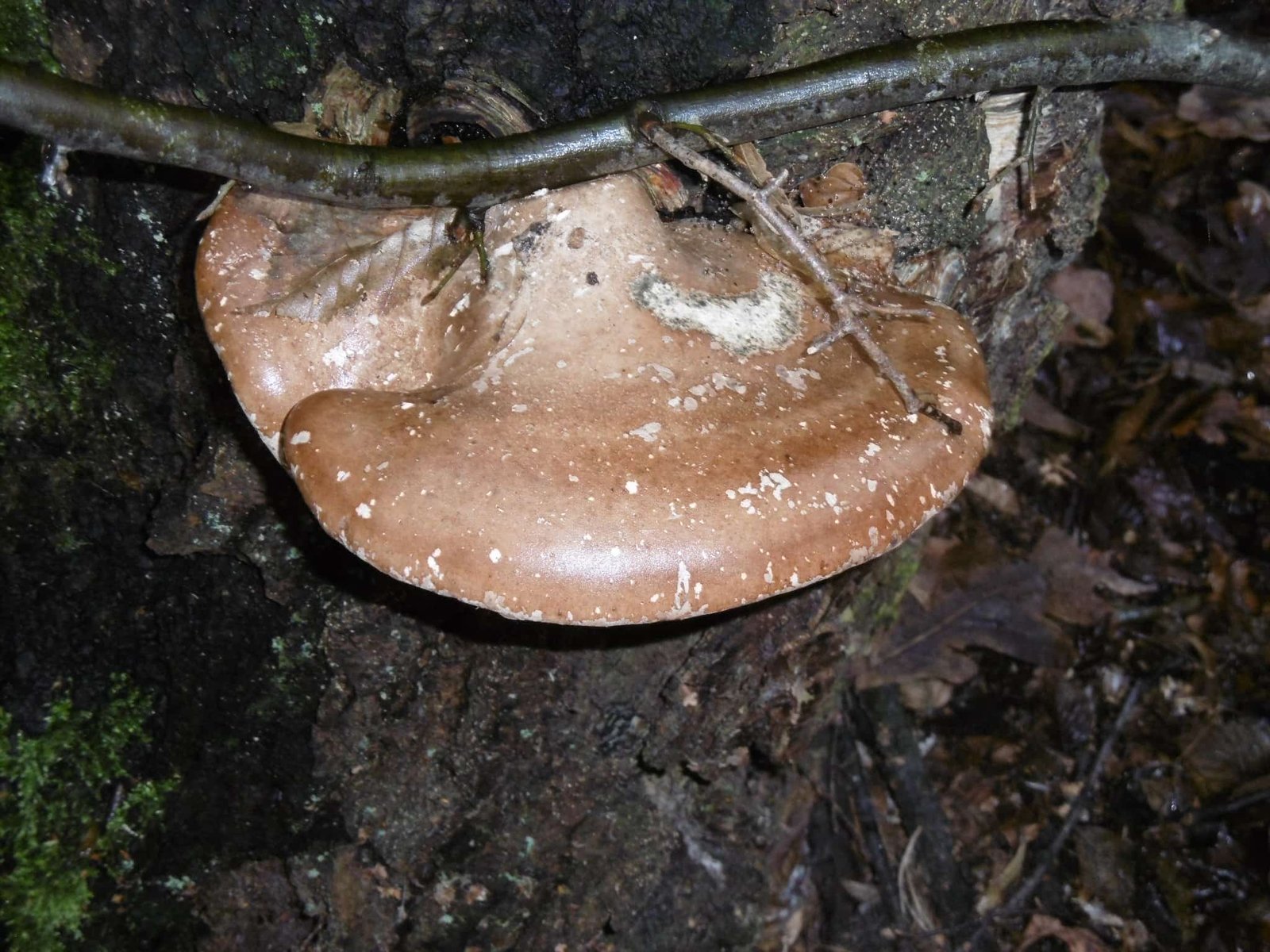Introduction to a foraging definition
I wanted to post something along the lines of a definition of foraging and what it means to me, but I am in no way an absolute authority, hence it’s more of a discussion point rather than a hard and fast definition. This is what it means to me, but I’d love to hear from readers about their opinions.
Why made me think of this
The incident that spurred this, was a night in with my wife, watching an old favourite film on the TV – Crocodile Dundee. Early on in the film, Sue is in the bush with Mick Dundee and he’s prepared a spread of “bush tucker” for her to eat. This spread included fire-roasted goanna, yams, witchety-grubs, fire ants. etc.

Sue says to Mick “What about you. Aren’t you having any?”
Mick replies “Me?” and gets a tin out of his bag.
“Well, you can live on it, but it tastes like shit.”
Categorisation
That had me thinking that there’s actually two types of food foraging:
- Foraging for survival.
- Foraging for everyday consumption.


Where foraging for survival is all about calorie intake regardless of flavour/texture/palatability; and foraging for consumption is about finding wild food which is pleasant on it’s own, or which adds to the palatability of everyday meals/snacks.
Foraging for survival might include such things as cat-tails rhizomes and silverweed roots for carbs/calories, ground elder, nettles, etc for teas and their nutrients.
Foraging for everyday might include things such as blackberries, raspberries, red-currants, hazelnuts, wild garlic and so on for their flavours.
Other considerations
You could possibly include a third option of “Foraging for the study of Ethnobotany” to the foraging definition, where Ethnobotany is the study of the human usage of plants. However, I would class this is something that sits alongside the other two options.
And this article doesn’t even go into foraging for medicinal wild plants (which I am also doing).
Discussion
Which category an item fits into, can be entirely down to who is doing the eating. For example, you may find the suggestion of eating woodlice completely distasteful and categorise them as survival food; on the other hand, you may enjoy their shellfish-like taste as part of a rice, potato, or bread-based dish, in which case they fit into the other category.
Whilst it’s not really possible to look at one category without the other in this foraging definition, my main area of focus is foraging for everyday consumption. So, along the way I’m also discovering survival foods, and understanding certain aspects of Ethnobotany.

